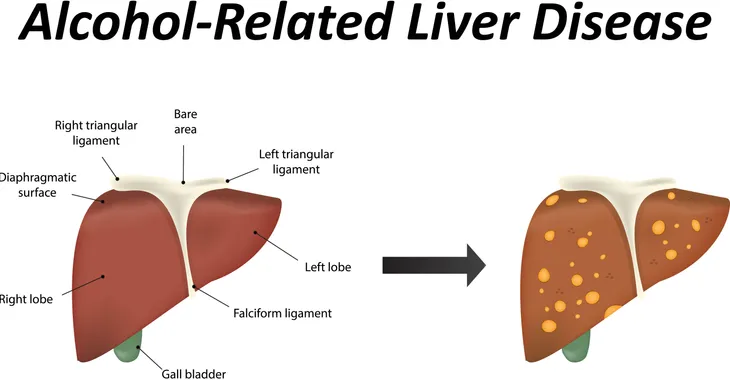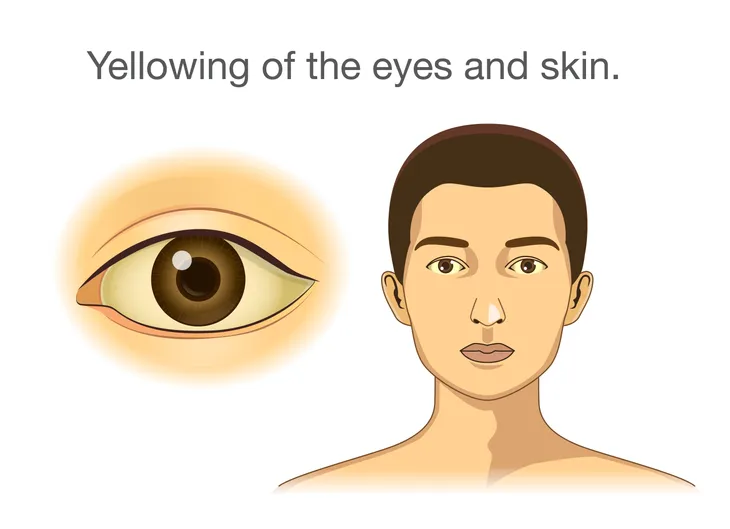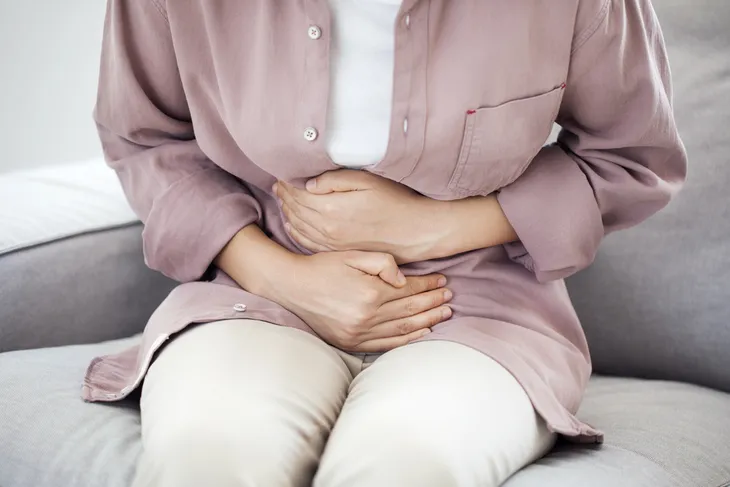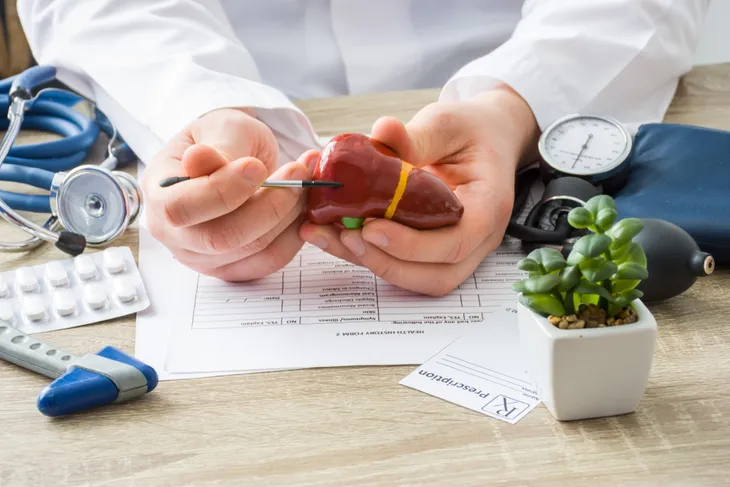The Centers for Disease Control and Prevention (CDC) reported 30,910 fatalities due to alcoholic-related liver disease (ARLD) in the U.S. This unfortunate statistic is the result of excessive alcohol consumption. Despite ARLD being preventable, statistics show 10 to 20-percent of heavy drinkers will develop cirrhosis, the final stage of liver disease. Liver disease is a potential consequence of heavy drinking. Since the damage of cirrhosis is irreversible, it’s important to recognize early symptoms to receive proper treatment. Here’s what you need to know about alcohol-related liver disease.
Types of Alcohol-Related Liver Disease
The symptoms of ARLD will ultimately depend on the stage of the disease. The more this disease progresses, the more severe the symptoms are. According to the Cleveland Clinic, there are three types of ARLD.
- Alcoholic fatty liver disease: Occurs after acute alcohol ingestion and is generally reversible with abstinence from alcohol.
- Alcoholic Hepatitis: An acute form of alcohol-induced liver injury, which occurs when someone drinks excessively over a long period of time.
- Alcoholic cirrhosis: The most severe form of ARLD, where the liver is scarred and can potentially lead to liver failure.
Symptoms of Alcoholic Fatty Liver Disease
Healthline says that, at the earliest stage of ARLD, some people may not experience symptoms. This means you might not even realize your body has been damaged due to excessive alcohol consumption. However, if an individual is experiencing symptoms from alcoholic fatty liver disease, here are some of the common symptoms associated with the disease:
- Abdominal discomfort on the upper right side
- Fatigue
- Unexplained weight loss
- Loss of appetite
- Nausea and vomiting
Symptoms of Alcoholic Hepatitis
According to the Mayo Clinic, the most common sign of alcoholic hepatitis is jaundice. This is when a person’s skin and whites of the eyes turn yellow. People are typically malnourished since most calories consumed are from alcohol.
Other symptoms of ARLD include:
- Loss of appetite
- Nausea and vomiting
- Abdominal tenderness
- Low-grade fever
- Fatigue and weakness
Symptoms of Alcoholic Cirrhosis
People can experience alcohol-related liver disease at different levels of severity. Healthline says, in this late stage, one sees the formation of scar tissue, which replaces healthy liver tissue, and is called fibrosis. When an excessive amount of scarring occurs, this is when alcoholic cirrhosis develops.
Unfortunately, cirrhosis cannot be reversed. Many of the symptoms in this stage are similar to those of alcoholic hepatitis. There is an added risk of complications when a person reaches this level of ARLD.
Other Potential Symptoms
There are a variety of symptoms people with ARLD can experience. They may appear in people more often after binge drinking. Here are some additional symptoms to be aware of that could be related to liver disease:
- Increased thirst
- Swelling in the legs and abdomen
- Darkening or lightening of the skin
- Red hands or feet
- Dark bowel movements
- Fainting
- Unusual agitation or mood swings
- Confusion
- Bleeding gums
- Enlarged breasts in men
Possible Complications of Alcohol-Related Liver Disease
As patients with ARLD reach later stages, they are at higher risk of developing some life-threatening complications. Some health complications that can occur include:
- High blood pressure of the liver (known clinically as portal hypertension)
- Accumulation of fluid in the abdomen
- Brain damage
- Bleeding from veins in the upper digestive tract
- Increased risk of infection
- Kidney failure
- Liver cancer
Preventing Alcohol-Related Liver Disease
ARLD is preventable. This disease is a direct consequence of the overconsumption of alcohol. By limiting your alcohol intake and following national guideline limits, you can prevent the development of ARLD.
Medical News Today says moderate drinking includes up to one drink a day for women and up to two drinks for men over the age of 21. For people who need help controlling their alcohol consumption, talk to your doctor about the resources available.










